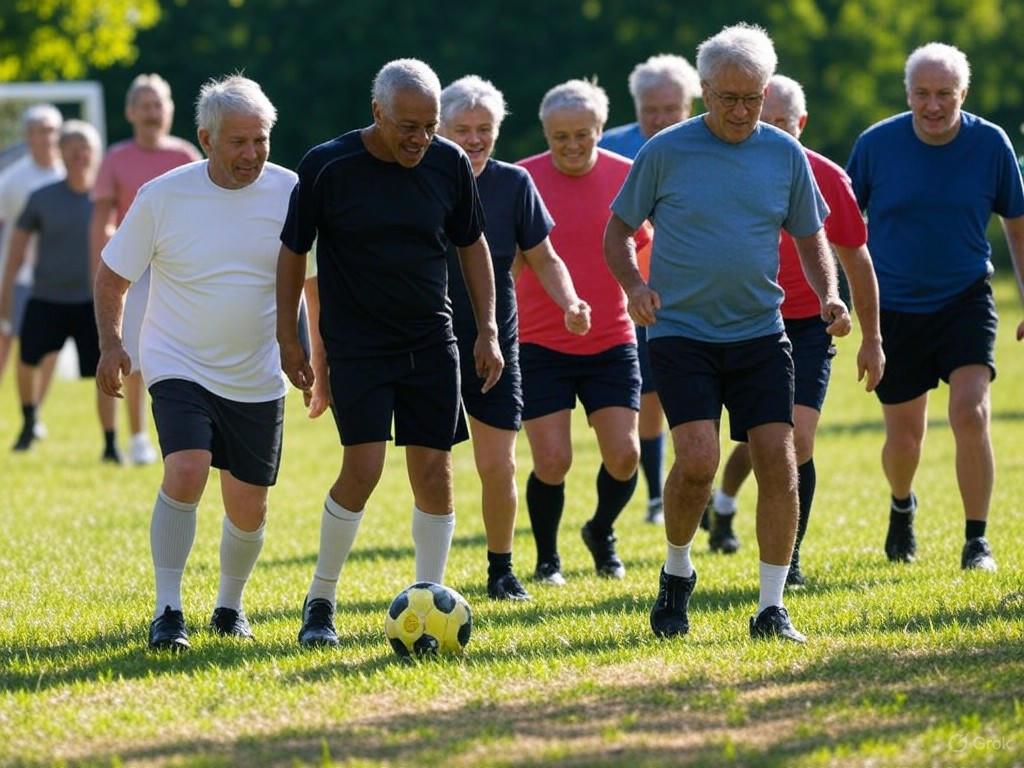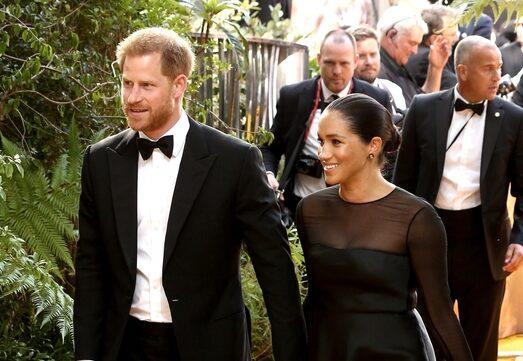Walking soccer is rapidly gaining popularity as a recreational activity among older adults across Europe and beyond. It's not just a game; it's a movement offering myriad benefits for physical health, mental well-being, and social connections among its players. This slower-paced variant of conventional soccer allows adults who once loved soccer but found its intensity too challenging to keep playing, staying healthy and connected to community.
The charm of walking soccer lies in its simplicity and the health advantages it offers. Participants are not allowed to sprint or run, reducing the risk of injury and making it ideal for those with limited mobility. The game encourages continuous movement, promoting cardiovascular health while improving flexibility and strength. Regular participation in walking soccer improves heart health, reduces the risk of metabolic diseases, and is linked to lower hypertension levels [1].
Importantly, the sport is more than just physical exercise; it is also a powerful tool for combatting loneliness. Many players form close bonds with teammates, relishing the camaraderie that comes with regular games. Social isolation can be a significant issue for older individuals, and walking soccer provides an excellent platform to foster connections and maintain a sense of community. The weekly matches become a highlight, offering participants not only an opportunity to exercise but also a place to belong [2].
While the sport has predominantly seen participation among men, an increasing number of women are joining the ranks, challenging gender norms within traditional sports. The mixed teams also include players who eased into the sport after initial reluctance, realizing how removing the pressure of competition can lead to pure enjoyment of the game. Walking soccer has flourished in the UK, with the formation of over 1,000 clubs and an estimated 60,000 regular players. This model is now being emulated across Europe, Australia, and even North America, emphasizing its universal appeal [3].
In conclusion, walking soccer is more than just a sport—it's a vital tool for enhancing the quality of life for older adults. It balances physical activity with social engagement, essential components for healthy aging. As communities worldwide recognize the value of walking soccer, its growth represents an exciting development in promoting public health and well-being.
References:







